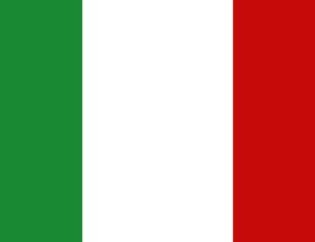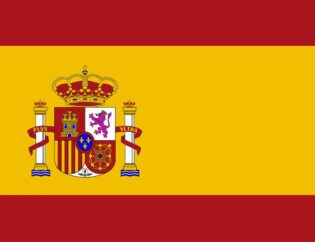
Malta - Overview
Malta, officially known as the Republic of Malta, is an island country located in the Mediterranean Sea, situated 80 kilometers south of Italy, 284 kilometers east of Tunisia, and 333 kilometers north of Libya. Comprising an archipelago, Malta covers an area of 316 square kilometers and has a population of approximately 464,186, making it the world's tenth-smallest country by area and the fifth most densely populated. The capital city, Valletta, is the smallest capital in the European Union by both area and population. Malta's strategic location has made it a significant hub throughout history, influenced by various powers including the Phoenicians, Carthaginians, Romans, Arabs, Normans, Aragonese, Knights Hospitaller, French, and British. The nation gained independence from Britain in 1964 and became a republic in 1974. Today, Malta is a developed country with a high-income economy, heavily reliant on tourism. The official languages are Maltese and English, with Italian also widely spoken.
Maltese Cuisine
Maltese cuisine reflects the island's rich history and diverse cultural influences, featuring a blend of Italian, Spanish, French, Provençal, and British culinary traditions. The cuisine is renowned for its use of fresh, locally sourced ingredients, with a strong emphasis on vegetables, meats, and seafood. Olive oil, tomatoes, garlic, and fresh herbs such as mint and parsley are staples in many dishes. The traditional Maltese diet includes a variety of breads, pastries, and cheeses, with rabbit stew (stuffat tal-fenek) often hailed as the national dish. This stew symbolizes a historical form of resistance to hunting restrictions imposed by the Knights of St John and remains a beloved part of Maltese culinary heritage. Pork is also a prominent ingredient, reflecting Malta's Christian identity and its historical distinction from neighboring Muslim culinary traditions. Maltese cuisine is characterized by hearty, flavorful dishes that are both comforting and rich in tradition.
Mushrooms in Maltese Kitchen
Mushrooms hold a special place in Maltese cuisine, adding a rich and earthy flavor to various traditional dishes. The types of mushrooms commonly used in Maltese cooking include:
- Button mushrooms: These versatile mushrooms are frequently used in soups, stews, and sauces due to their mild flavor and smooth texture. They are often the base mushroom in many recipes.
- White mushrooms: Known for their delicate taste and versatility, white mushrooms are incorporated into salads, cooked dishes, and as a complement to meat and vegetable dishes.
- Creminis (brown mushrooms): These mushrooms have a deeper, earthier flavor compared to button mushrooms. They are often used in more robust dishes, providing a rich taste and meaty texture.
In Maltese cuisine, mushrooms are valued for their ability to enhance the flavors of various dishes, making them a staple ingredient in many recipes.
Maltese Dishes with Mushrooms
Several traditional Maltese dishes prominently feature mushrooms, showcasing their versatility and importance in the local cuisine. Noteworthy Maltese dishes with mushrooms include:
- Soppa tal-armla: Known as widow's soup, this hearty broth combines a mix of vegetables and mushrooms. The soup is rich in flavor and nutrients, offering a comforting and wholesome meal, often enjoyed during colder months.
- Torta tal-Fenek: This savory pie features rabbit meat, potato pancakes, and mushrooms. The combination of these ingredients creates a dish that is both flavorful and filling, highlighting the depth of Maltese culinary traditions.
- Kaponata with mushrooms: A Maltese twist on the traditional caponata, this vegetable stew includes mushrooms, adding an earthy depth to the tangy and sweet flavors of the dish. It is often served as a side dish or a main course, reflecting the versatility of mushrooms in Maltese cooking.
These dishes exemplify the integral role mushrooms play in Maltese cuisine, contributing to the rich and varied flavors that define traditional and contemporary Maltese restaurants. The use of mushrooms in these dishes underscores their importance in enhancing the taste and nutritional value of Maltese culinary creations.











